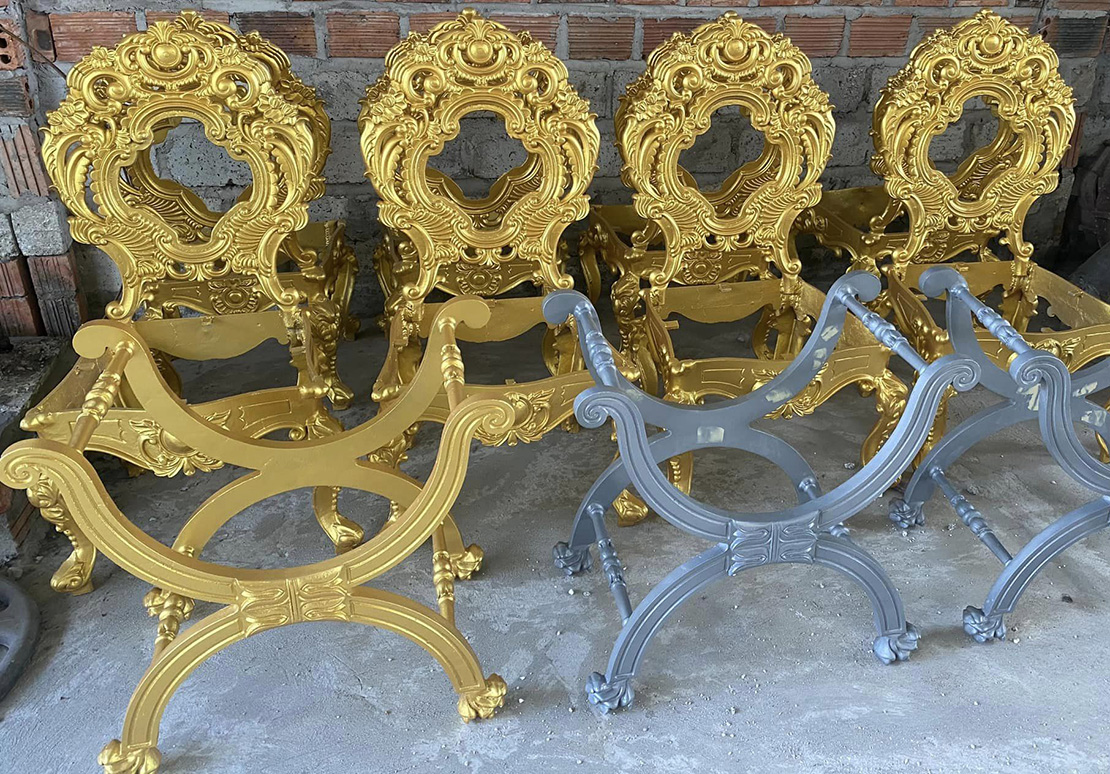Wrought Aluminum vs Cast Aluminium
Cast aluminum and wrought aluminum are two different forms of aluminum with distinct characteristics and manufacturing processes. Here’s a comparison between the two:
| Parameter | Cast aluminum | Wrought Aluminum |
| Manufacturing Process | In the casting process, molten aluminum is poured into a mold and allowed to cool and solidify. Then the mold is removed from casting and the required shape is acquired. | Wrought aluminum is produced by mechanically working the metal, typically through processes like rolling, forging, or extrusion. It involves shaping the aluminum while it is in a solid state, often starting with cast ingots or billets. |
| Cost | Casting is generally a more cost-effective method for producing aluminum components, especially for larger and more complex parts. | Wrought aluminum, due to the additional processing steps involved, tends to be more expensive compared to cast aluminum. |
| Strength and Durability | Cast aluminum tends to have lower strength and less durability compared to wrought aluminum. | Wrought aluminum is generally stronger and more durable than cast aluminum. The mechanical working processes used in its production align the aluminum’s grain structure, resulting in improved strength and toughness. |
| Surface Finish | Cast aluminum surfaces may exhibit a textured or grainy appearance due to the casting process. It may require additional finishing techniques such as machining or polishing to achieve a smoother finish. | Wrought aluminum surfaces are typically smoother and more uniform due to the mechanical working processes. It often requires less additional finishing work. |



